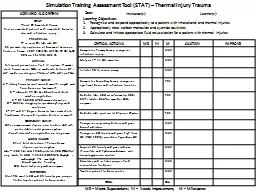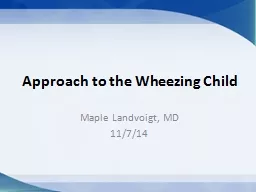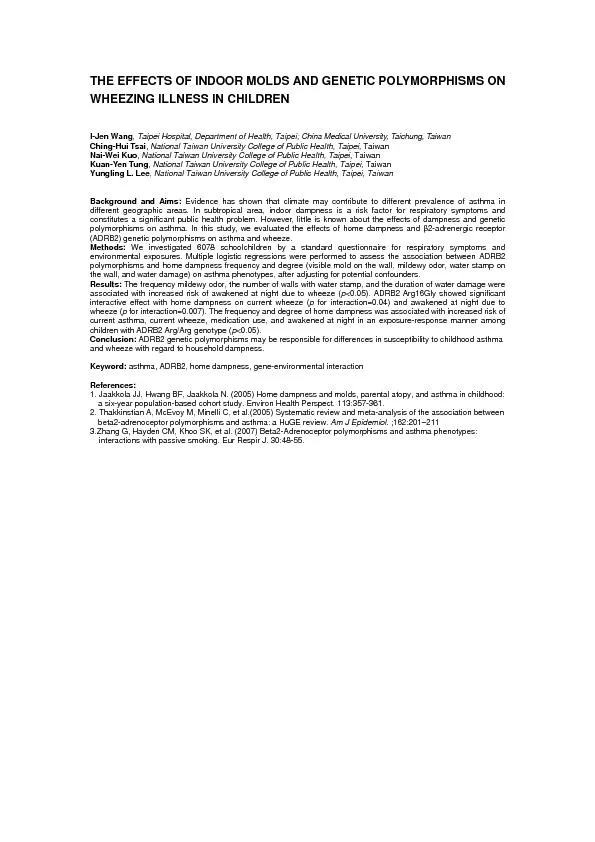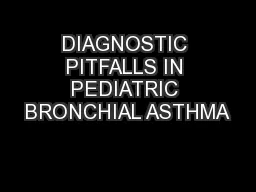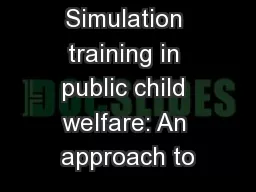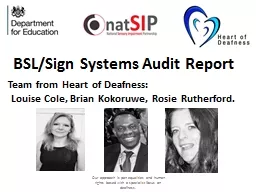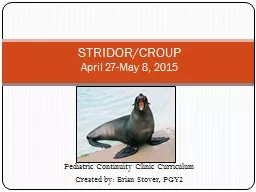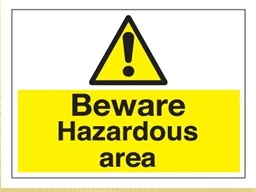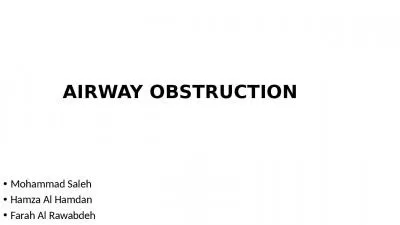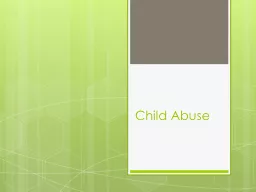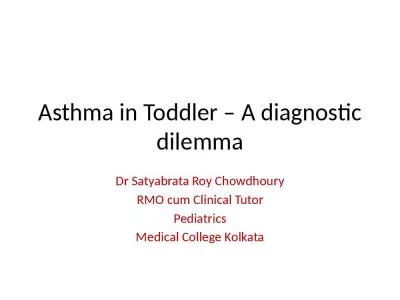PPT-Approach to Wheezing Child
Author : adah | Published Date : 2022-02-12
Dr Mohamed Haseen Basha Assistant professor Pediatrics Faculty of Medicine Al Maarefa College of Science and Technology Wheeze Wheeze is a continuous amp musical
Presentation Embed Code
Download Presentation
Download Presentation The PPT/PDF document "Approach to Wheezing Child" is the property of its rightful owner. Permission is granted to download and print the materials on this website for personal, non-commercial use only, and to display it on your personal computer provided you do not modify the materials and that you retain all copyright notices contained in the materials. By downloading content from our website, you accept the terms of this agreement.
Approach to Wheezing Child: Transcript
Download Rules Of Document
"Approach to Wheezing Child"The content belongs to its owner. You may download and print it for personal use, without modification, and keep all copyright notices. By downloading, you agree to these terms.
Related Documents

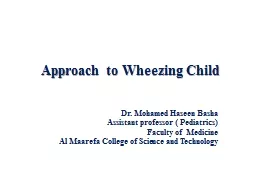
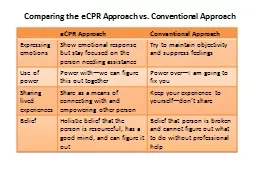
![bahoura, hubin]@goeland.insa-rouen.frAbstract: Currently, the automati](https://thumbs.docslides.com/216552/bahoura-hubin-goeland-insa-rouen-frabstract-currently-th.jpg)
